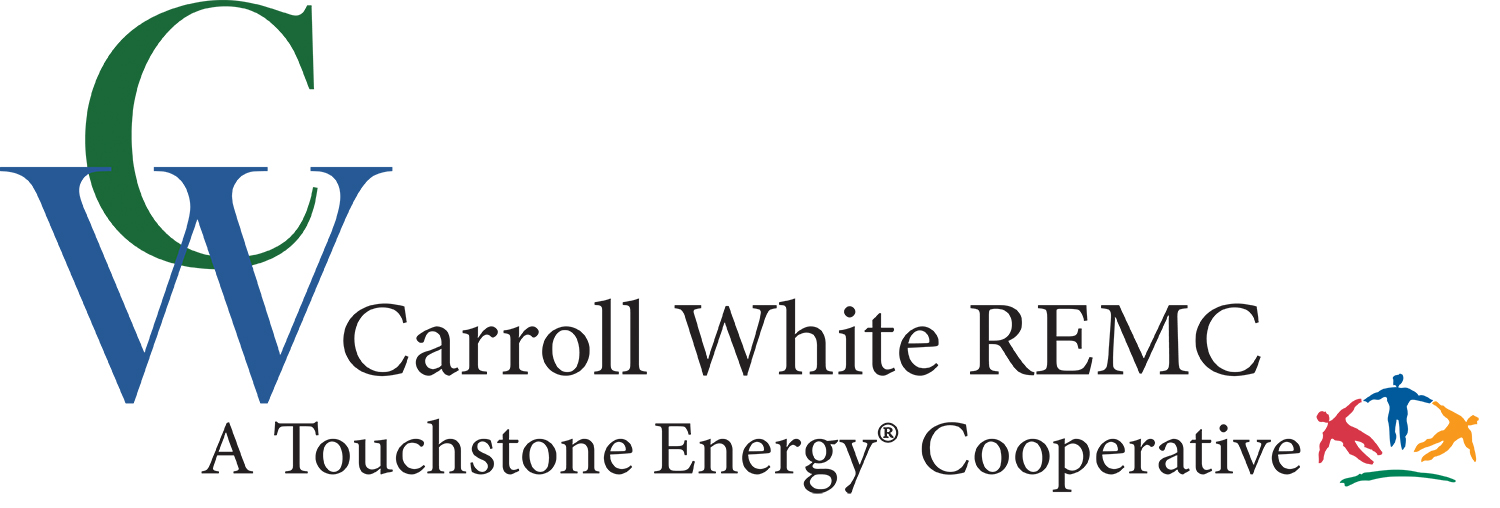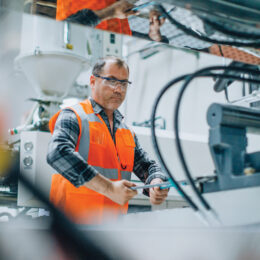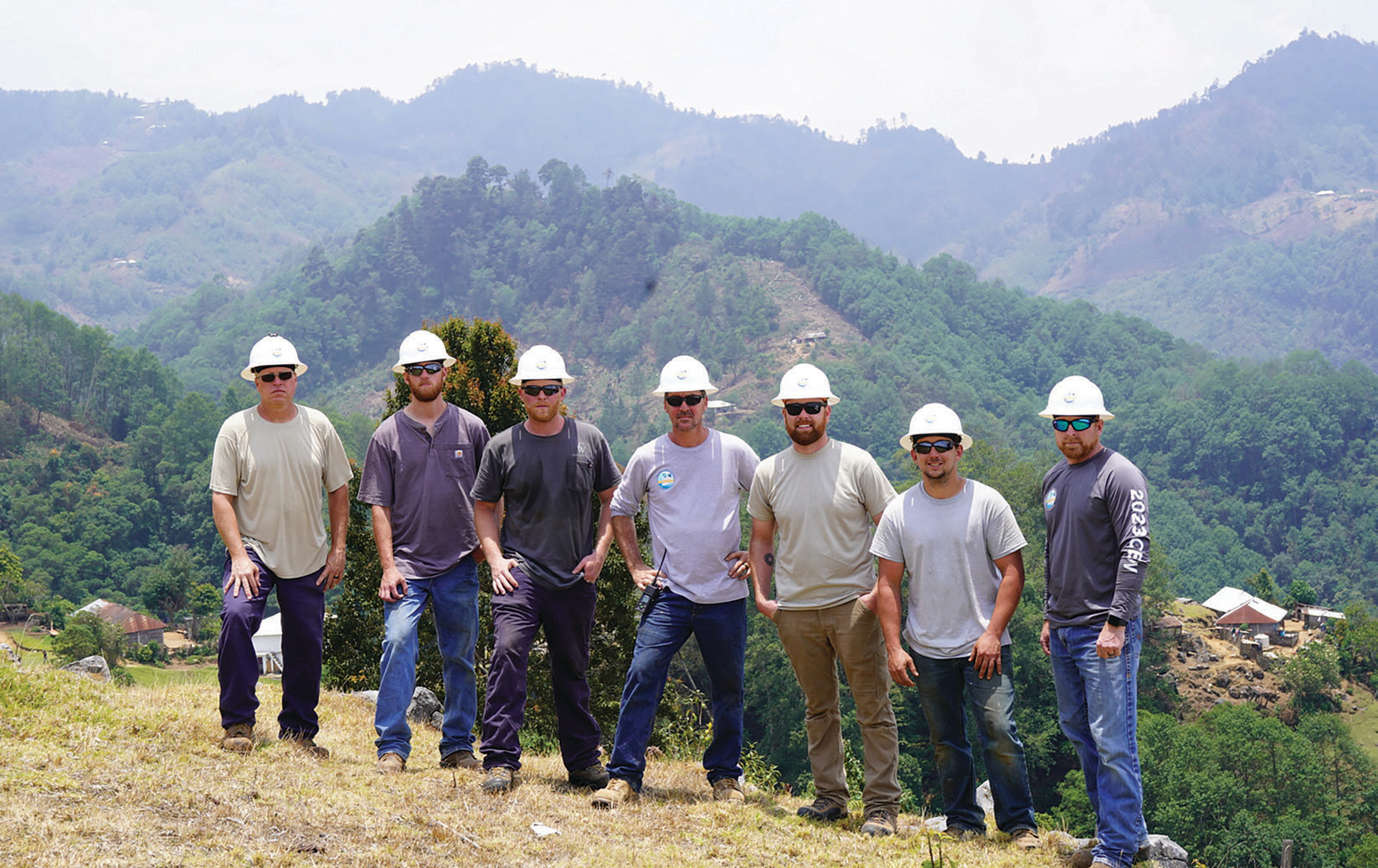
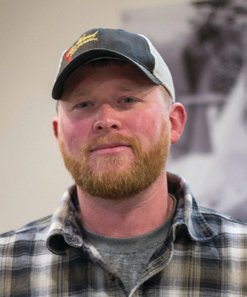
In late April, Carroll White REMC lineman Frank Leach joined a crew of 13 other electric cooperative volunteers and four support team members as part of Project Indiana, an international initiative to bring electricity to a remote, developing area in Guatemala. Since 2012, Project Indiana has brought hope, progress, opportunity and electricity to make life better for one Guatemalan village at a time.
In the United States, rural electrification began in the 1930s with President Franklin D. Roosevelt’s Rural Electrification Act. Today, Americans take electricity for granted. That is not the case in many other countries, including Guatemala
“‘Project Indiana: Empowering Global Communities for a Better Tomorrow’ brought electricity to a part of the Central American country where none was available,” said Carroll White REMC CEO Cathy Raderstorf. “The crew spent April 27 through May 13 extending electric infrastructure in the village of Peña Roja, located along the western edge of Guatemala. When completed, approximately 26 homes gained electricity for the first time.
“This is the Indiana electric cooperatives’ fifth trip to Guatemala,” said Raderstorf. “In August 2012, the International Year of the Cooperative, 28 Hoosier lineworkers from 17 of Indiana’s electric cooperatives spent four weeks working across the mountainous terrain to bring electricity to 184 homes, a church and a school in three villages.” Crews returned to Guatemala in 2015, 2017 and 2019.
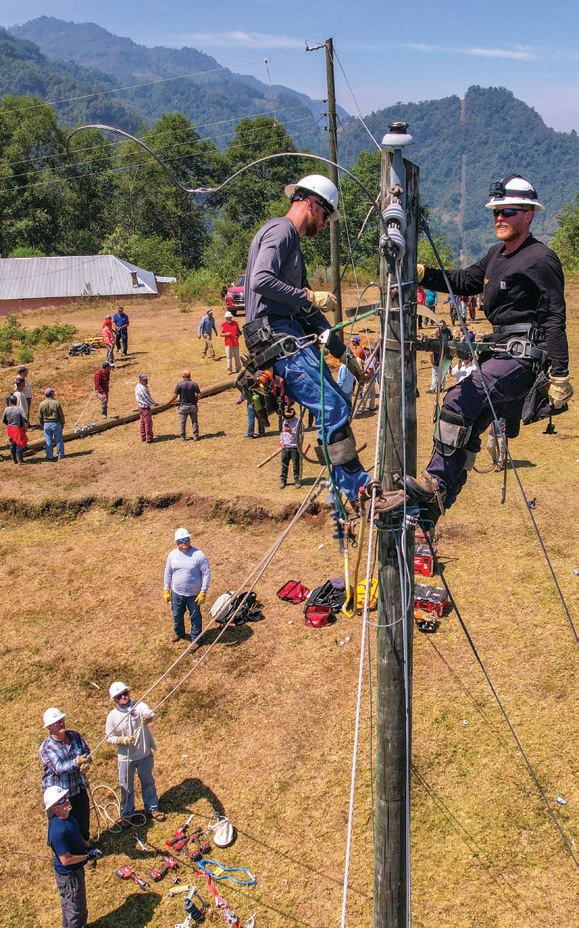
When asked to describe his experience on this latest trip, Leach said, “There were so many eye-opening experiences in Guatemala that surprised me. One that stood out the most was how hard it is to live there. You can’t just go to the store if you need something — it was a two-hour trip down the mountain to get to the nearest market.
“I was honored to have the opportunity to be able to help others,” Leach added. “I also enjoyed the challenges involved in doing the work to bring electricity to this village. The biggest challenges were the terrain and elevation.”
“I think it is important to note that all the work completed on this project was completed by hand, without the use of modern equipment found on-site at electric cooperatives, such as bucket trucks,” noted Raderstorf. “In addition, the project is financially supported by external corporate and individual contributions and the collective contributions of Indiana’s 38 electric cooperatives, so no individual cooperative member feels an impact.”
Leach said that he was grateful for the opportunity to be part of the trip. “I would like to thank the members of Carroll White REMC and everyone who made it possible for me to go to Guatemala. The trip helped so many others who are less fortunate than we are. Because of the cooperative members and their support, I was able to help change the lives of others for the better.”


